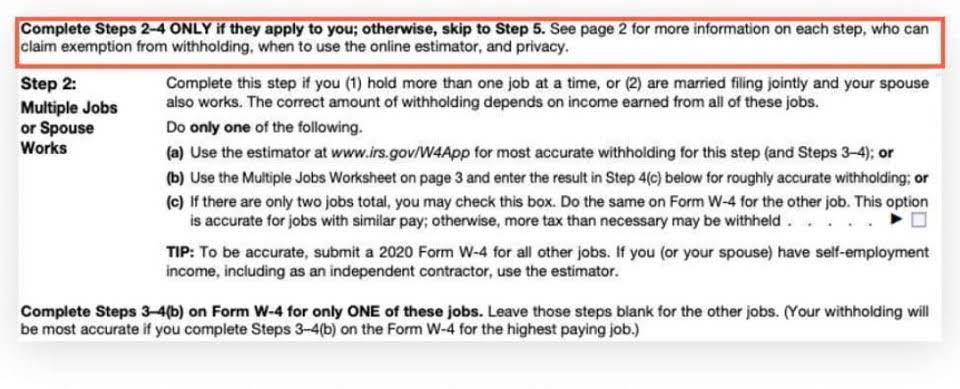
By adding this journal entry, the accounting equation remains in balance. The same thing happens when we record revenue earned on the account; we credit the Sales Revenue account normal balance of expense (its normal credit balance), and we debit Accounts Receivable. Nail the accounting basics with these five essentials, and you’ll create efficiencies in your daily accounting work and limit the potential for posting errors.
What are Variable Costs? A Simple Guide for Small Businesses
These entries ensure the fundamental accounting equation remains balanced. Understanding the “normal balance” in accounting is a fundamental principle for comprehending how financial transactions are systematically recorded. This concept helps ensure accuracy and consistency within a company’s financial ledgers. Accounting operates on a double-entry system, meaning every transaction affects at least two different accounts.
- Debit simply means on the left side of the equation, whereas credit means on the right hand side of the equation as summarized in the table below.
- The fundamentals of this system have remained consistent over the years.
- Hopefully this will give you a deeper understanding of the terms debit and credit which are central to the 500-year-old, double-entry accounting and bookkeeping system.
- The normal balance of an account is the balance that an account is expected to have at the end of an accounting period.
- Liquidity management necessitates a nuanced understanding of how transactions impact the balance sheet and the cash flow statement.
- Whether you’re an entrepreneur or a seasoned business owner, understanding the normal balance of accounts is crucial to keeping your business’s financial health in check.
- Without proper management of cash flow, a business simply cannot survive.
What is an MIS Report? Types, Examples & How to Create One

Let’s consider the following example to better understand abnormal balances. To maintain the balance sheet equation, which states that the assets must equal liabilities plus equity, every transaction must be recorded with proper debits and credits. This ensures that the equation remains balanced and that the financial statements accurately represent the financial position and performance of a business.
How an Accountant can use Brixx to Help with Multiple Business Forecasts
If, on the other hand, the normal balance of an account is credit, we shall record any increase in that account on the credit side and any decrease on the debit side. Expenses normally have debit balances that are increased with a debit entry. Since expenses are usually increasing, think “debit” when expenses are incurred. The normal balance rule establishes the side (either debit or credit) on which an account typically increases. This rule applies consistently across all major account types within the financial system.
- Let’s consider the following example to better understand abnormal balances.
- To better understand normal balances, one should first be familiar with accounting terms such as debits, credits, and the different types of accounts.
- If a company buys supplies for cash, its Supplies account and its Cash account will be affected.
- For instance, debiting an asset account signifies an increase, whereas debiting a liability account indicates a decrease.
- It allows for proper classification of transactions and ensures that financial statements reflect the true financial standing of the entity.
- Knowing and applying these rules well ensures operating expenses line up with revenues.
- Aim for best practices like routine reconciliations to keep the pulse of your accounts strong and steady.
Normal Balances

Normal balance is a fundamental concept in accounting that determines the expected side or category where an account balance should appear. It helps ensure accurate recording, consistent classification, and reliable reporting Financial Forecasting For Startups of financial transactions. By understanding the normal balances of different accounts, accountants can maintain the integrity and usefulness of financial information. Knowing the normal balances of accounts is pivotal for recording transactions correctly. It aids in maintaining accurate financial records and statements that mirror the true financial position of your business.
Normal Balance of Expense Accounts
By correctly identifying the normal balance of each account, you can ensure accurate financial reporting, maintain the accounting equation, and effectively analyze financial performance. It’s a fundamental concept that forms the basis of sound accounting practices. Equity represents the ownership interest of shareholders in a company. Equity is typically increased by credits and decreased by debits. Liabilities are typically increased by credits and decreased by debits.
- Similarly, as your business incurs expenses, from rent to office supplies, these costs also nudge your debit balance upward.
- It enhances decision-making, financial analysis, and compliance with accounting standards and regulations.
- These adjustments help remove distortions caused by extraordinary or non-recurring events, allowing for a more meaningful analysis of the business’s financial performance and trends.
- When a business incurs an expense, the corresponding expense account is debited to reflect the increase in that cost.
- For example, Accumulated Depreciation is a contra asset account, because its credit balance is contra to the debit balance for an asset account.
This tells managers and everyone interested how liquid and stable the finances are. Variable cost refers to business expenses that vary directly with the level of output or production. The terms “financial model” and “financial plan” are frequently used interchangeably, which can lead to confusion. After these transactions, your Cash account has a balance of $8,000 ($10,000 – $2,000), and your Equipment account has a balance of $2,000. Double Entry Bookkeeping is here to provide you with free online information to help you learn and understand bookkeeping and introductory accounting.
This way, the transactions are organized by the date on which they occurred, providing a clear timeline of the company’s financial activities. Normal balances are vital for accuracy in financial records, as they ensure each account reflects the true business activity, enabling reliable financial https://imaginalityhaven.com/index.php/2023/09/28/top-bookkeeping-trends-for-2025-what-businesses/ analysis and decision-making. We will continue this discussion later, but for now take note that a credit entry is required to increase owner’s equity or stockholders’ equity. The format of the accounting equation (or basic accounting equation or bookkeeping equation) is identical to the format of the balance sheet. Understanding these concepts is key to maintaining the normal balance of your accounts. Despite the various advantages listed above, there are a few factors that act as hassles while maintaining an income summary account.

The Role of Normal Balance in Financial Statements

It not only helps you to monitor your progress but also ensures you’re compliant with tax laws. Accurate record-keeping aligns with the normal balance of accounts, providing a clear picture of your company’s financial health. The analysis also extends to the examination of internal consistency within the financial records.
For instance, when a business buys a piece of equipment, it would debit the Equipment account. To diagnose and correct inaccurate debit balances, start with a thorough health check of your accounts. Pour over every transaction and match them against receipts and bank statements. Investigate it like a financial detective—could it be a duplicate entry, an unrecorded payment or something else entirely?
